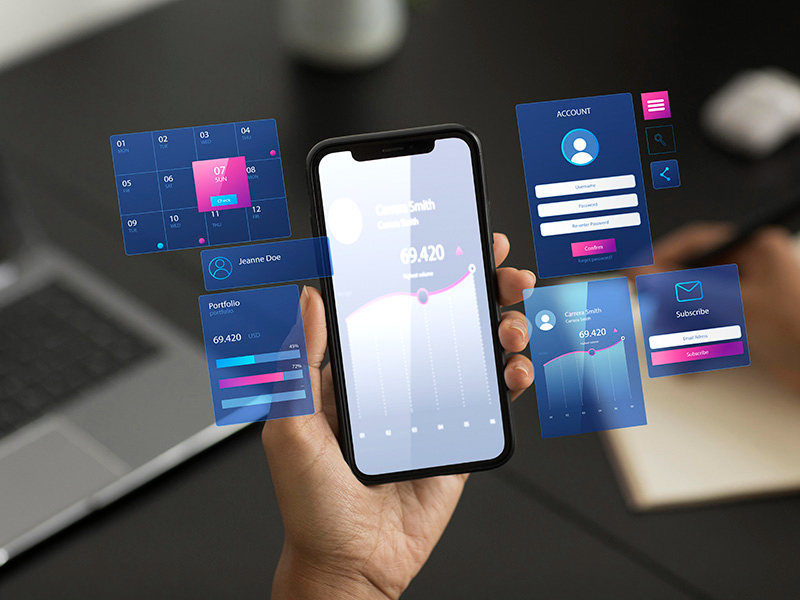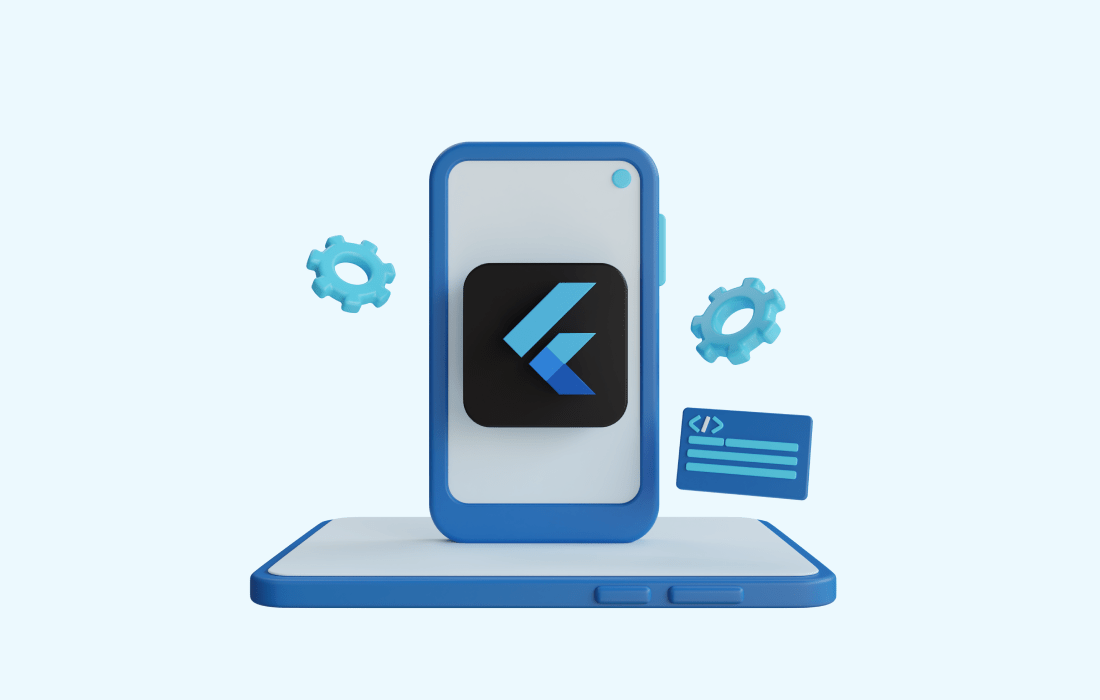Avoid These Common Mistakes in Flutter UI Testing

Strong 8k brings an ultra-HD IPTV experience to your living room and your pocket.
UI testing is one of the most critical phases in mobile app development—but it’s also one of the most misunderstood. Many developers face avoidable issues that cost valuable time, break builds, or worse—let bugs slip into production. If you're dealing with Flutter UI testing problems, this guide will walk you through the common traps and how to dodge them with confidence.
Why UI Testing in Flutter Matters More Than Ever
Flutter's “write once, run anywhere” approach makes it a go-to for cross-platform development. But without effective UI testing, that promise falls apart quickly. Inconsistent UI rendering, missed gestures, or broken navigation can destroy the user experience.
With the rise of Flutter Mobile Apps, users expect polished interactions across devices—especially as the ecosystem matures in 2025.
Mistake #1: Ignoring Widget Tests in Favor of End-to-End (E2E) Tests
End-to-end tests are important, but relying solely on them is a slow, fragile approach.
Why it’s a problem:
E2E tests run slower and often depend on third-party services or external data.
Debugging failures takes longer, especially if they’re not tied directly to UI logic.
Fix: Start with widget tests using WidgetTester. They're fast, reliable, and ideal for catching UI regressions early.
Dart
testWidgets('Login button is displayed', (WidgetTester tester) async {
await tester.pumpWidget(MyApp());
expect(find.text('Login'), findsOneWidget);
});
Mistake #2: Failing to Mock Dependencies Properly
Many Flutter UI testing problems stem from real services interfering with test runs—APIs, authentication, or shared preferences.
Why it’s a problem:
Makes tests brittle and dependent on network or external factors.
Slows down your CI/CD pipelines.
Fix: Use packages like mockito, mocktail, or create fake implementations. For example:
Dart
class FakeAuthService implements AuthService {
@override
Future
}
Mistake #3: Not Pumping Enough Frames
Flutter’s rendering is frame-based. When simulating UI interactions in tests, you must allow enough time for animations or state changes.
Why it’s a problem:
Your test might fail because the widget hasn't rebuilt yet.
Fix: Use pumpAndSettle() to wait for all animations and builds to complete.
Dart
await tester.tap(find.byKey(Key('submitButton')));
await tester.pumpAndSettle();
Mistake #4: Overlooking Accessibility & Semantics
Testing only visual appearance is short-sighted. You should test for accessibility semantics, especially for users relying on screen readers.
Fix: Use find.bySemanticsLabel() to confirm widgets are labeled correctly.
Dart
expect(find.bySemanticsLabel('Submit Form'), findsOneWidget);
This practice enhances usability and aligns with modern App Development Technologies focused on inclusivity.
Mistake #5: Hardcoding Test Values and Skipping Edge Cases
Relying on static inputs in your UI tests limits their effectiveness.
Why it’s a problem:
Fails to catch bugs that surface only with boundary or unusual inputs.
Fix: Parameterize your test cases and simulate user edge behavior—empty inputs, long strings, special characters, etc.
Mistake #6: Not Running Tests on Multiple Screen Sizes
If you're planning to flutter development services or support both phones and tablets, test on various screen resolutions.
Fix: Use MediaQuery mocks or emulators with different screen sizes to validate responsiveness.
Mistake #7: Skipping CI Integration
Even strong UI tests lose value if they’re not run regularly.
Why it’s a problem:
Developers may introduce regressions unknowingly.
You’ll catch bugs late in the cycle.
Fix: Integrate tests with CI platforms like GitHub Actions, GitLab CI, or Bitrise. This ensures every commit is tested against UI expectations.
Bonus Tip: Use Page Object Pattern for Maintainable UI Tests
Large apps often become difficult to test as the UI grows. That’s when the Page Object Pattern helps abstract repetitive code:
Dart
class LoginPage {
static final Finder emailField = find.byKey(Key('email'));
static final Finder loginButton = find.byKey(Key('login'));
}
This makes your UI tests cleaner, reusable, and easier to maintain over time—especially for teams like Four Strokes Digital, who scale and test large Flutter applications regularly as part of their flutter development services.
Final Thoughts
Flutter UI testing can be smooth and powerful—if done right. The most common issues stem from avoidable mistakes, not limitations in the framework itself. With proper mocking, smarter test flows, and a CI-integrated strategy, you’ll minimize Flutter UI testing problems and ship more reliable builds.
Whether you’re just starting out or building high-stakes apps across platforms, embracing strong testing practices is a non-negotiable part of delivering a great user experience.
Note: IndiBlogHub features both user-submitted and editorial content. We do not verify third-party contributions. Read our Disclaimer and Privacy Policyfor details.





